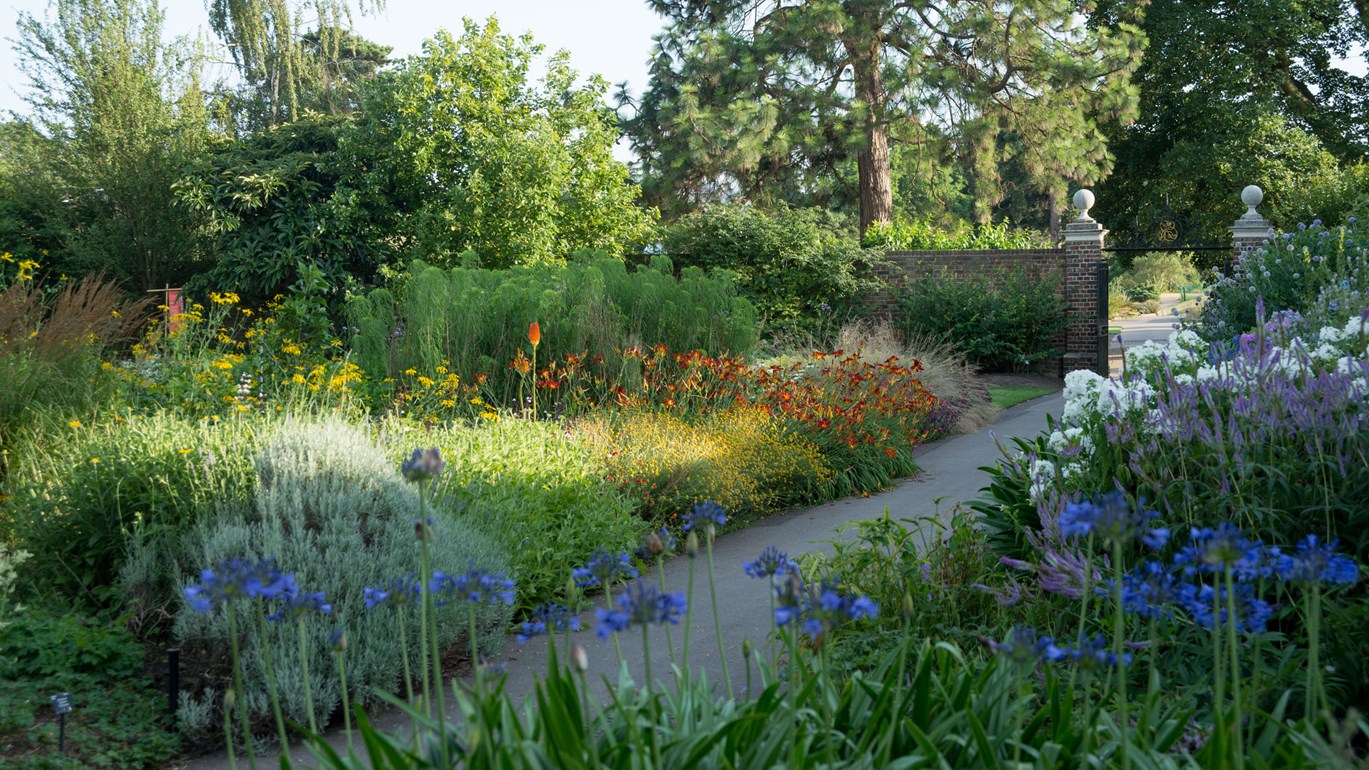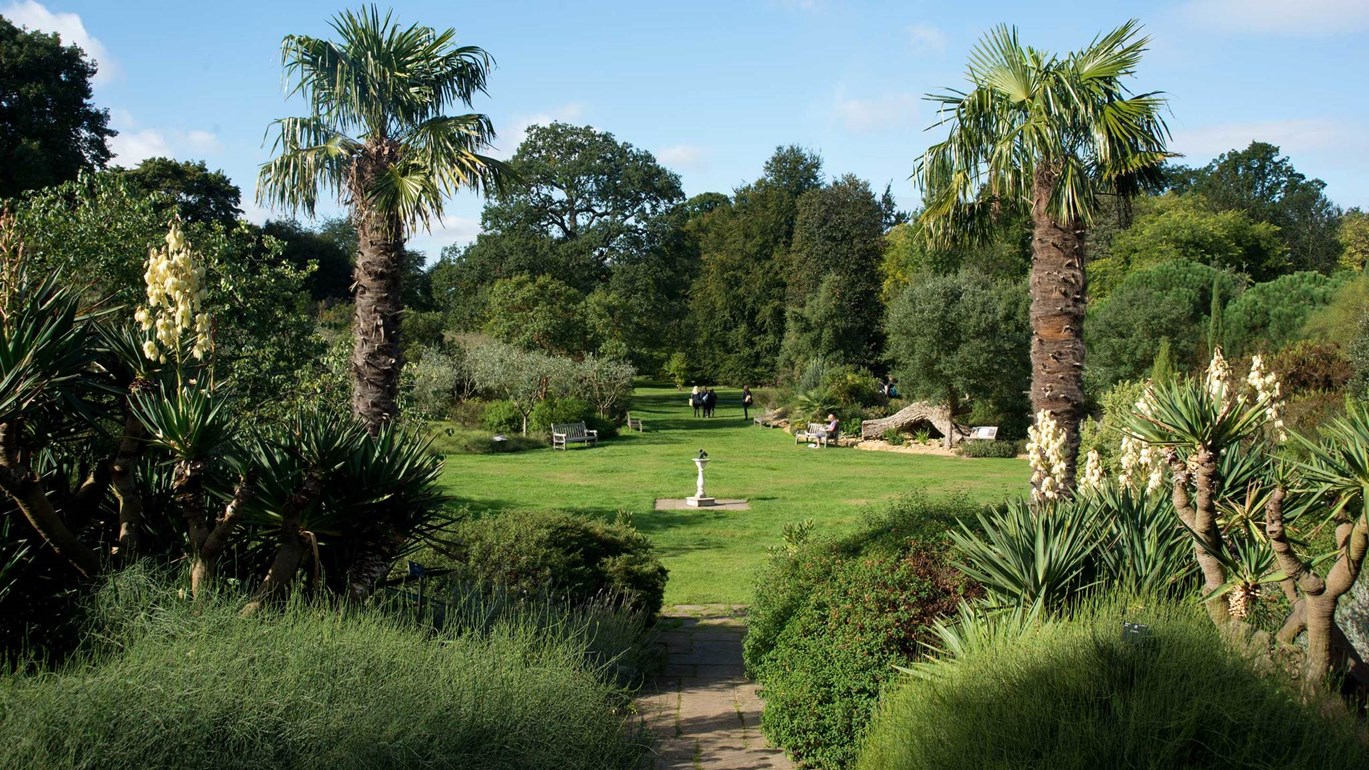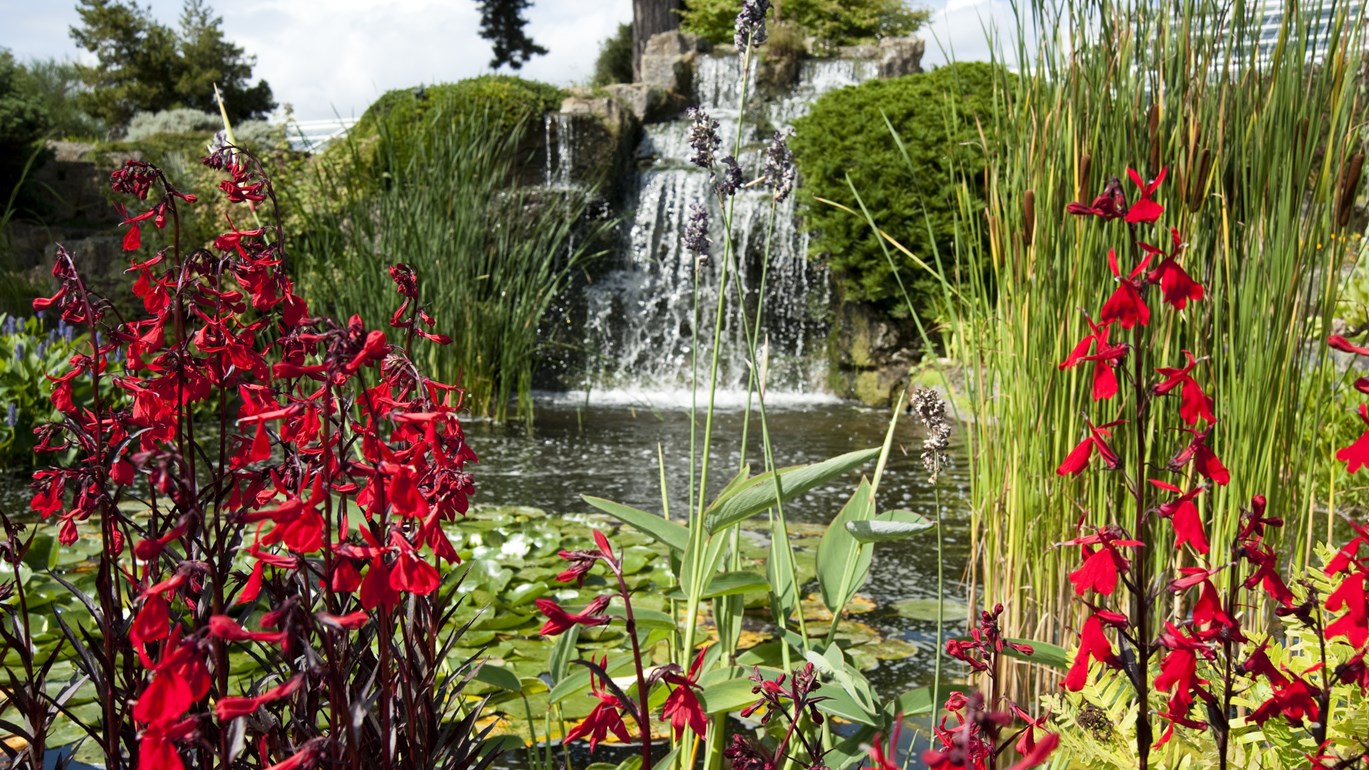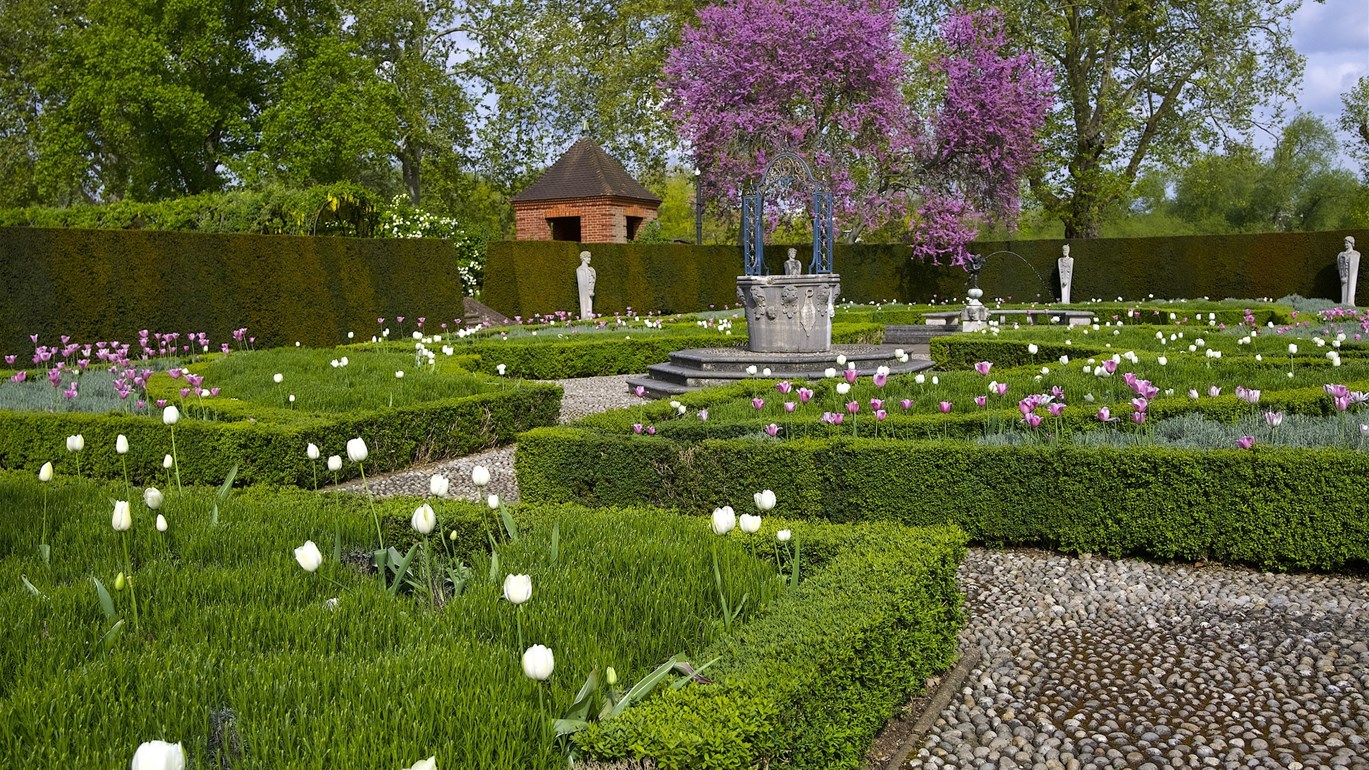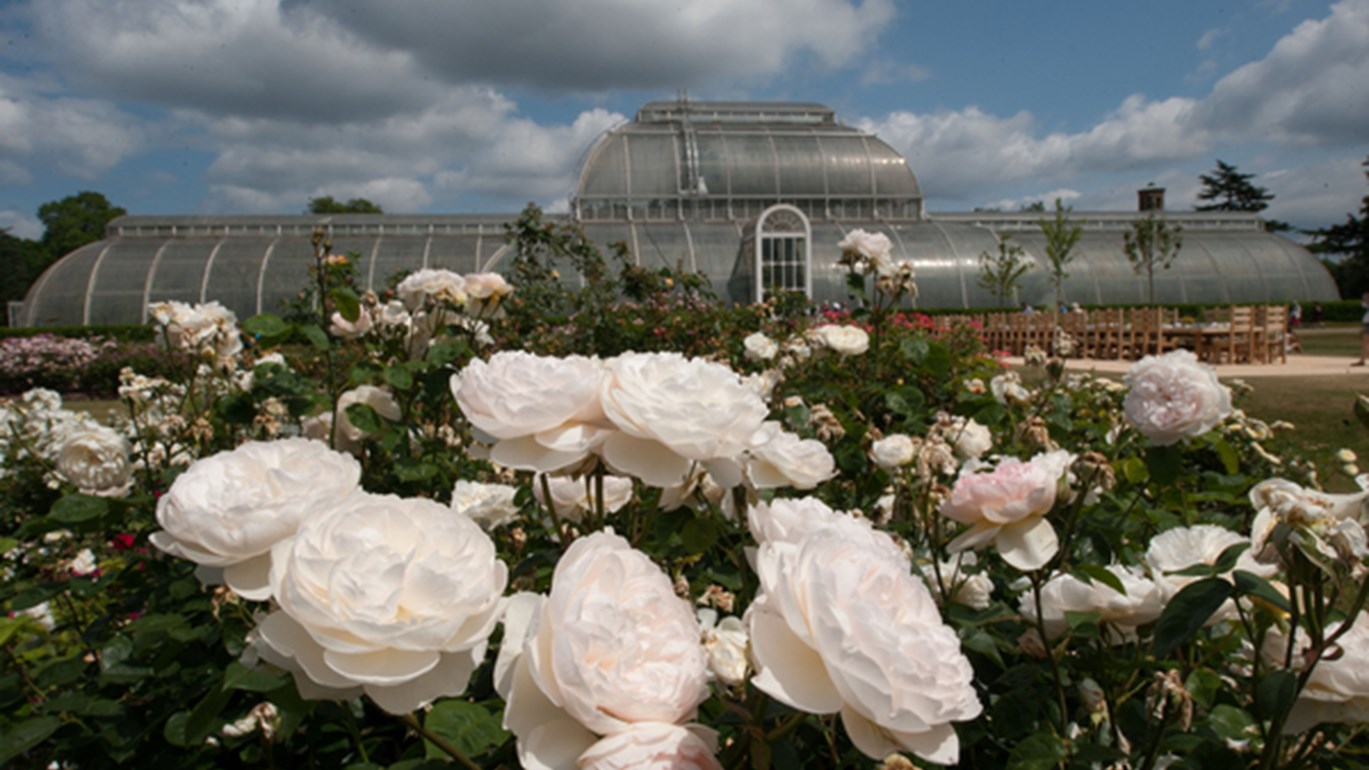London’s historic Kew Gardens offers its science in the service of humanity. By Senior Advisor Ben Hirschler.
Can a botanic garden help save the world? Richard Deverell is convinced the answer is “yes.” The Director of Royal Botanic Gardens, Kew, is putting science at the heart of the 261-year-old institution in a mission to align the entire work of the famous gardens behind the twin challenges of biodiversity loss and climate change.
The need for this endeavor has never been greater. Deforestation is increasing, global emissions are disrupting weather patterns, new pathogens are threatening crops and illegal trade is eradicating entire plant populations.
But the challenges Deverell faces are also huge. As an enterprise, RBG Kew has been hit hard by the pandemic, with lockdowns impacting ticket sales and punching a £15 million hole in expected 2020 income, which has forced the organization to furlough more than 50% of its scientists for many months.
“We feel a growing sense of urgency, yet at the same time there is frustration because so much of this comes down to resources,” he said. “Kew can help shape and implement solutions, as well as explain to people why it matters, but honorable intentions are not sufficient. You need the resources to make a difference.”

